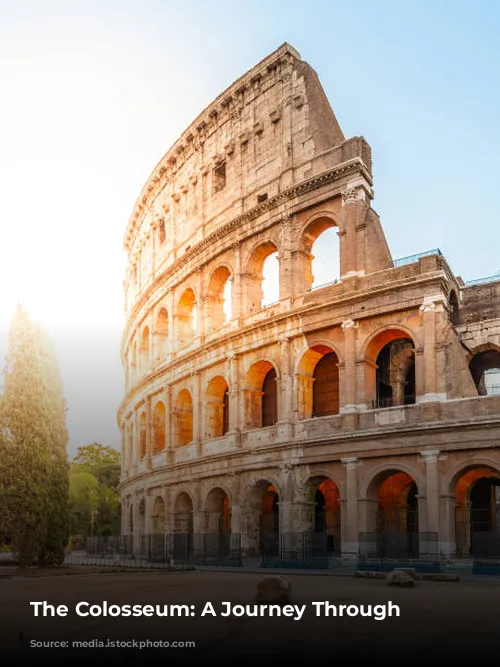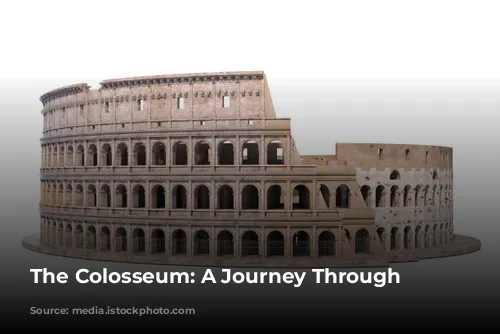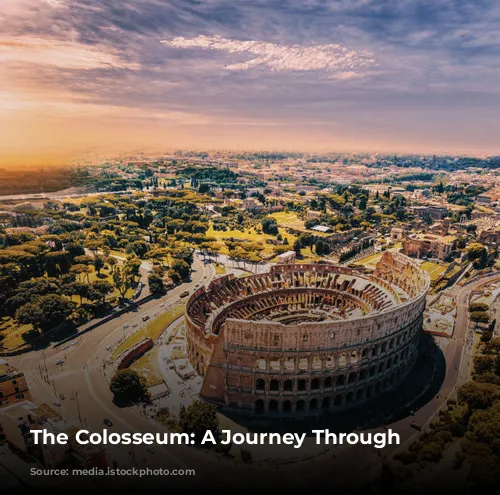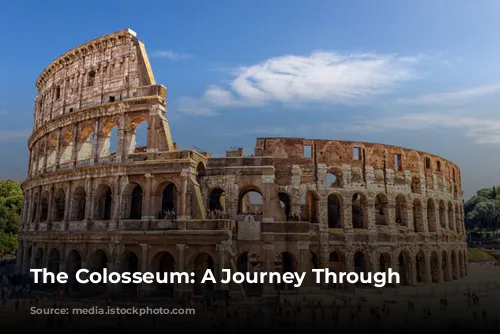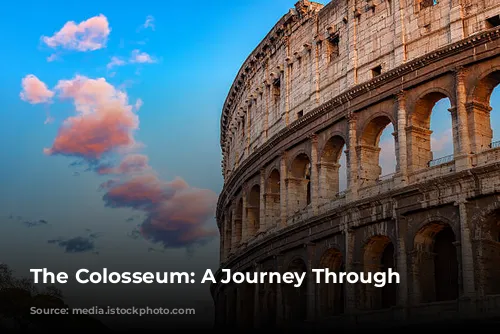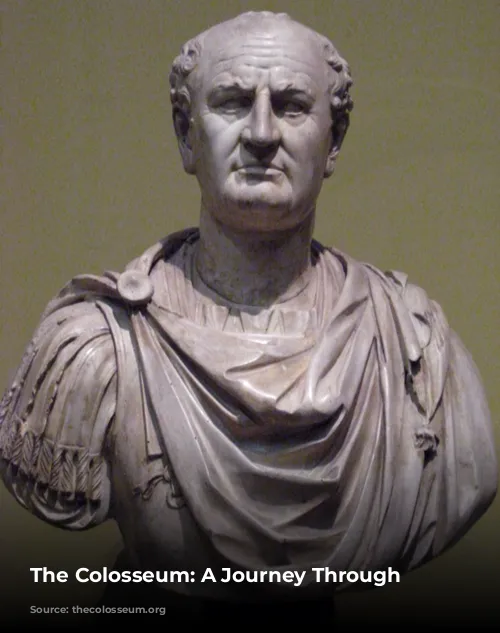The Roman Colosseum stands as a monument to a bygone era, a testament to the power and grandeur of the Roman Empire. This iconic structure has witnessed centuries of history, its walls echoing with the roars of the crowd, the clash of swords, and the screams of both victor and vanquished.
It is a place where gladiators fought for glory, where wild beasts roamed freely, and where emperors delighted in spectacles of blood and brutality. Yet, beyond its gruesome past, the Colosseum also offers a glimpse into the daily lives of the Roman people, their love of entertainment, and their fascination with the exotic.
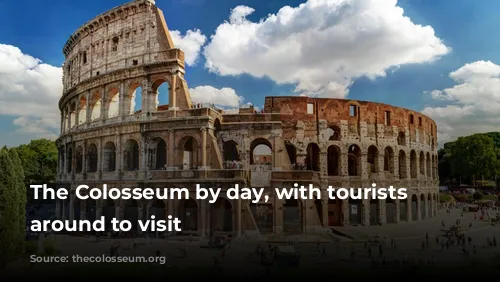
The Colosseum’s Origins: A Palace of Blood
Construction of this architectural marvel began in 72 AD, under the reign of Emperor Vespasian. This emperor, eager to appease the Roman citizens after the tyranny of Nero, ordered the demolition of the Domus Aurea, Nero’s opulent palace, and the construction of a grand amphitheater in its place.
This new arena would become the heart of Roman entertainment, a place where the common man could experience the thrill of gladiator combat, the excitement of hunts featuring exotic animals, and the macabre spectacle of executions. The Colosseum, originally known as the Flavian Amphitheater, was named after the Flavian dynasty, which saw its construction through to its completion in 80 AD.
The Colosseum’s imposing size and grandeur are a testament to the scale of Roman engineering. It stands 48.5 meters tall, spans 189 meters in length, and 156 meters in width, encompassing a massive 6 acres of space. The Colosseum’s external walls are adorned with three levels of Doric, Ionic, and Corinthian columns, each level boasting 80 arches.
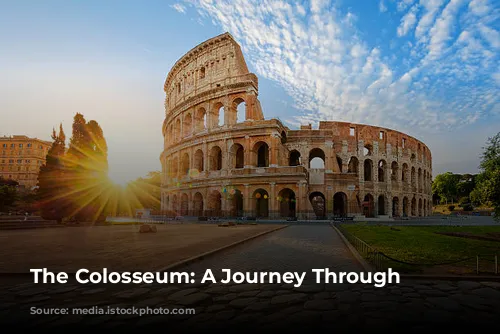
Inside the Colosseum: A Glimpse into Roman Entertainment
The Colosseum was not just a stage for spectacle; it was a carefully constructed machine designed to entertain and awe. Below the arena, hidden beneath the ground, lay the hypogeum, a complex network of tunnels and chambers. This underground labyrinth housed gladiators, animals, and prisoners, waiting their turn to enter the arena.
The hypogeum’s network of trap doors and shafts allowed for the swift and dramatic deployment of scenery, animals, and even the gladiators themselves, creating a truly immersive experience for the spectators. The Colosseum could accommodate a staggering 50,000 to 80,000 spectators, all eager to witness the battles, hunts, and executions that took place within its walls.
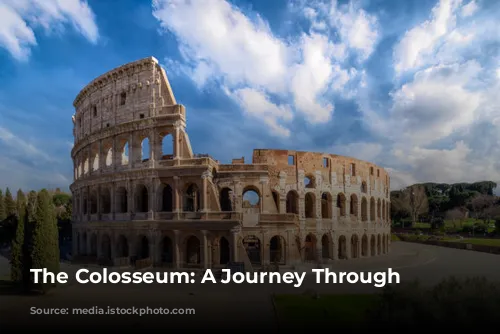
A Dark History: The Colosseum’s Bloody Legacy
Over the course of its 350-year history, the Colosseum served as a stage for countless spectacles of violence. Gladiator battles, once a form of entertainment, became a brutal sport, with gladiators often fighting to the death. The Colosseum also saw the bloody hunts featuring exotic animals, where humans and beasts clashed in a battle for survival.
Estimates suggest that as many as 400,000 people perished within the Colosseum’s walls, victims of gladiatorial combat, animal hunts, and gruesome executions. While it is impossible to know the exact number, the Colosseum’s legacy is stained with the blood of countless individuals, from gladiators to prisoners of war, all forced to entertain the masses.

A Transformation: The Colosseum’s Legacy Today
While the Colosseum’s past is undeniably dark, it is also a testament to the ingenuity and power of the Roman Empire. Its architectural brilliance and engineering feat still stand as an inspiration to modern architects and engineers. Today, the Colosseum is no longer a stage for bloodshed, but a monument to a bygone era.
It stands as a reminder of the glory and brutality of the Roman Empire, and a testament to the enduring power of human creativity. Millions of tourists flock to the Colosseum each year, eager to experience its historical significance and to glimpse into the lives of the people who once walked its grounds. The Colosseum is more than just a pile of stones; it is a living testament to the human capacity for both creation and destruction.
